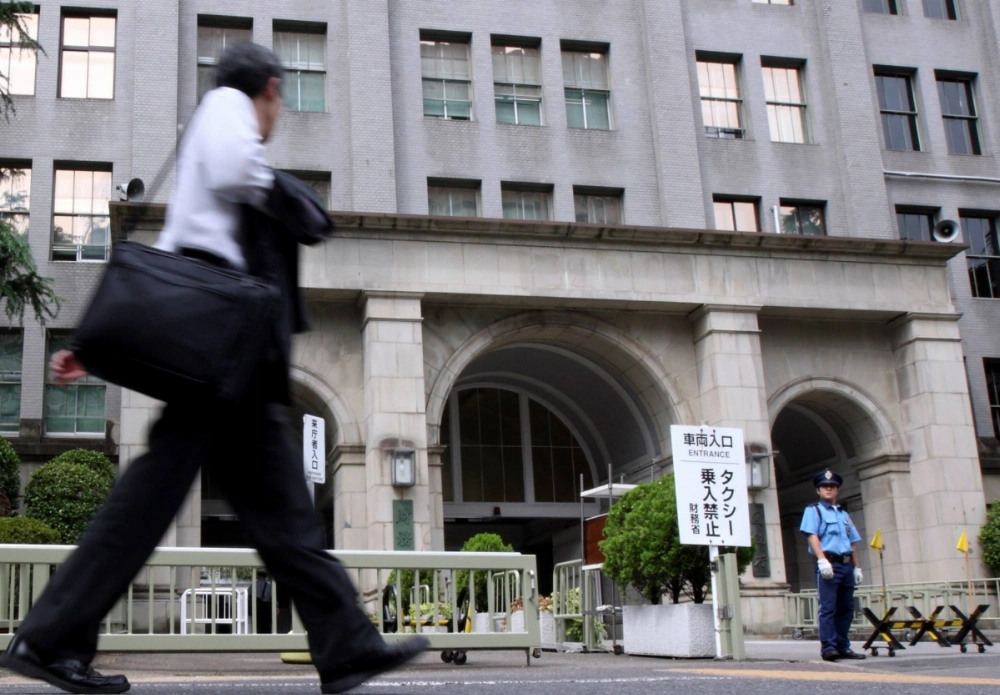Japan will reduce its issuance of super-long bonds starting in July, taking a step to calm a bond market rattled by recent surges in yields.
The Finance Ministry will trim the volume of 20-, 30- and 40-year bonds sold in regular auctions by a combined ¥3.2 trillion ($21.7 billion) through the end of March 2026, according to a debt issuance plan approved Monday. The changes, which include a ¥200 billion reduction per auction in 20-year bonds and a ¥100 billion cut for longer tenors, are in line with a draft authorities showed primary dealers on Friday.
To offset the decrease in long-term funding, the ministry will increase issuance of shorter-term securities, including 2-year notes and six-month Treasury bills. The changes will be reflected from auctions next month.


















With your current subscription plan you can comment on stories. However, before writing your first comment, please create a display name in the Profile section of your subscriber account page.